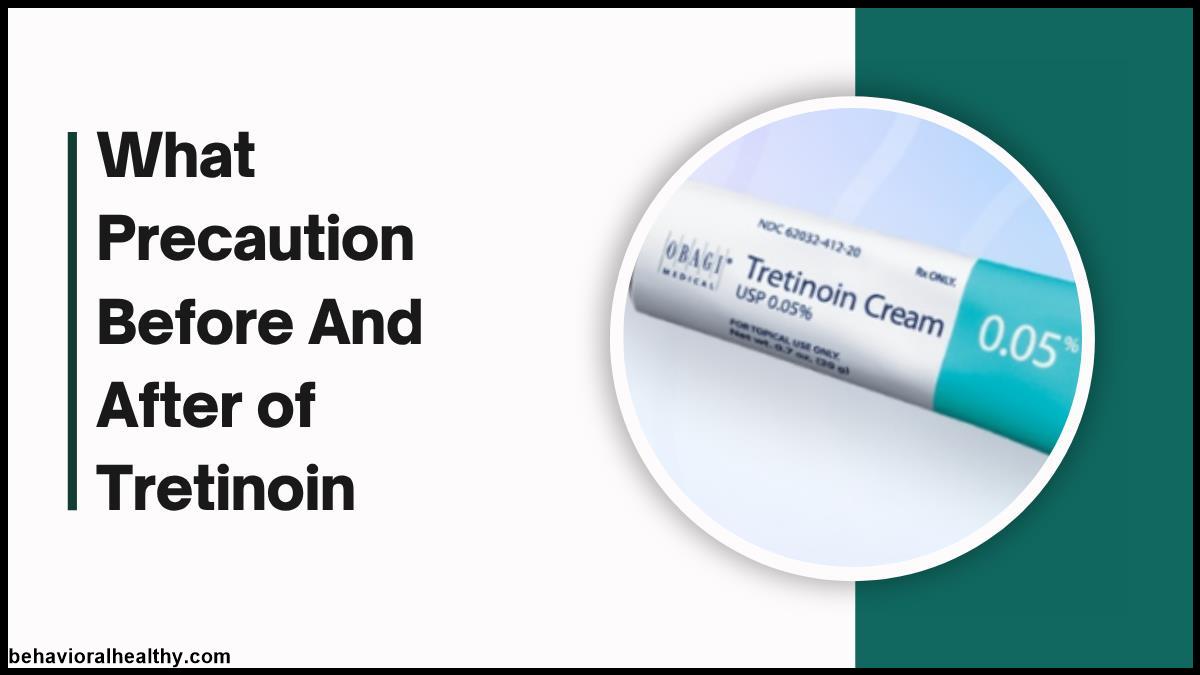Tretinoin before and after is a lifelong commitment to your skin. Tretinoin before and after results are not instant.
Table of Contents
What Can You Expect from Tretinoin Before and After Use?
Beginning a skincare routine with retinoids can be exciting. Tretinoin before-and-after results mostly demonstrate significant changes in skin texture, tone, and overall appearance, and it’s no wonder this is one of the most popular skin treatments.
This in-depth guide will break down what to expect when starting tretinoin, from the weeks to months of initial adjustments to the long-term benefits that make this vitamin A derivative worth it.
Understanding Tretinoin Before and After Changes in Your Skin
Tretinoin before and after results are not instant. This strong, Rx-grade retinoid is potent, but its potency makes it work by boosting cell turnover and stimulating new collagen production, fundamentally changing how your skin operates.
Before we get into the timeline of changes, it’s worth knowing that everyone’s skin is different, from the concentration strength to your skin type to how regularly you use it, and all of these will play a role in your outcome.
What is Tretinoin?
Tretinoin is also referred to as Retin-A. It comes from the retinol molecules. These two are the important elements in skincare. Tretinoin helps your skin minimize excess oil formation and maximizes the cell shifting rate. It makes new blood vessels form. Tretinoin decreases the cells affected by the sun's rays. So you can use it as an anti-aging medicine.
The First Few Weeks (1-4 weeks)
The purging phase
A “purging phase” of sorts, also known as breaking out, is common during your initial 2-4 weeks on it. This occurs because tretinoin causes underlying acne, clogged pores, and oil to the surface at an accelerated rate. Your skin initially may get bad before it gets good results, featuring:
- More breakouts in the locations of your usual acne
- For whiteheads or pustules out of nowhere
- Itchy and red on and around existing pimples
Initial Irritation
In addition to purging, irritation can appear on your skin
- Red and prickly to the touch
- Dry and flaky (especially around the mouth and nose)
- There is a little bit of burning when you apply this item.
- Skin that is more sensitive to sunlight
If you’re using it for the first time, apply it every third night with a pea-sized amount all over your face and work up frequently as your skin acclimates.
The Adjustment Period (Weeks 4-12)
Calming of Irritation:
You can generally expect the initial irritation to fade somewhere between the 4-6 week mark as your skin gets used to the acids.
- Redness and peeling should diminish
- The stinging goes away after applying it
- The skin starts getting used to rapid cell turnover
Early Improvements:
Starting from approximately weeks 6-8, some users will begin to see the first positive changes:
- Active acne lesions are reduced
- Pores appear smaller in some places
- Moderate improvements in the texture of the skin
- Decoloration of superficial hyperpigmentation
The Reward Phase (3-6 months)
Visible Improvements:
Between months 3 and 6, the difference becomes more noticeable than before and after usage:
- A noticeable decrease in the level of acne
- Visible improvement in the skin’s texture and smoothness
- Reduction of fine lines, notably around the eye area
- Evenness of skin tone and dark spots lightening
- Refined pore appearance
- A gentle glow as you adjust the cell turnover normalization period
Long-term Results (6+ Months)
Structural Changes:
The most dramatic results of tretinoin before and after will be visible after using the following cycle consistently for 6-12 months:
- The deeper wrinkles and expression lines become smoother
- Skin becomes tighter with collagen stimulation
- Acne scars and post-hyperpigmentation decrease
- Fine lines and new wrinkles increase
- The brighter and younger-looking complexion
Can I Use Tretinoin Every Night
You can use tretinoin cream every night. But you have to start using it slowly so that your skin will be habituated to it. Consider applying the cream 2 to 3 nights often in a week. Then start applying it every alternate night, and if your skin is not showing any bad symptoms, apply the cream daily. If you observe any irritation or rashes on your skin, then try to use it once for two days.
Warnings and Precautions
- Don’t apply too much tretinoin cream
- You should go for dermaplaning treatments when using it.
- Your skin will be softer while using this cream, so don’t wax or use chemical peels.
- Avoid laser treatments
- Don’t use during pregnancy or the breastfeeding stage
- People aged 12 years or older can only use this cream.
Final Words
Tretinoin before and after is a lifelong commitment to your skin. Although temporary negatives such as purging and irritation are part of the process, the result, the promise of clear, smooth, baby-soft skin, is worth it, mostly for most.
Remember that tretinoin is a marathon, not a sprint, and the best results come from steady use and time. When used appropriately and with realistic expectations, tretinoin is the workhorse of the anti-aging and anti-acne skincare routine that produces noticeable, even dramatic, results.

